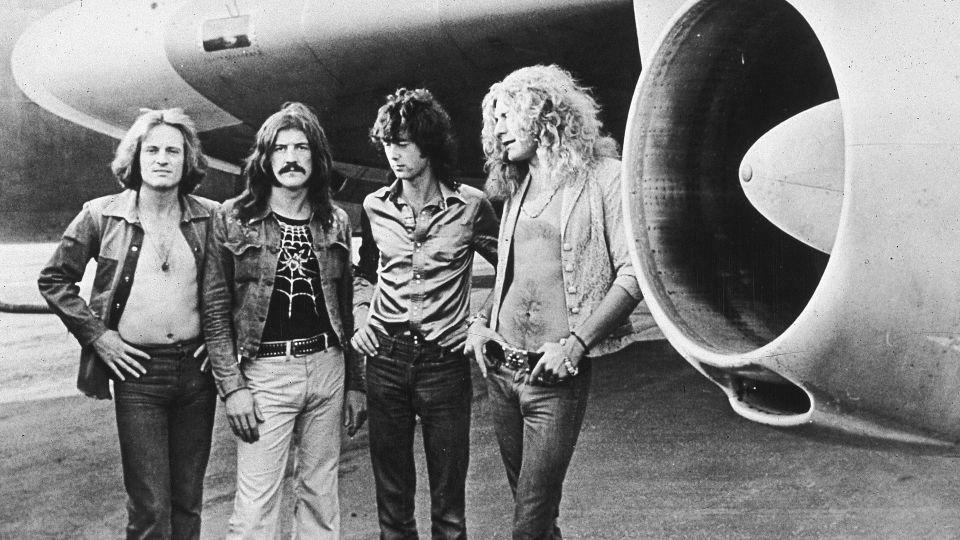Mystery of ‘Stick Man’ on Led Zeppelin album cover finally solved
After more than half a century, the identity of the elderly, stick-carrying man featured on the “Led Zeppelin IV” album cover has finally been revealed.
The “Stick Man” who featured on the cover of English rock band Led Zeppelin’s 1971 fourth studio album was a thatcher from the late-Victorian era, the Wiltshire Museum in southwestern England said in a statement Wednesday.

The thatcher is thought to be Lot Long – sometimes known as Longyear – who was born in the town of Mere, Wiltshire in 1823 and was a widower living in a small cottage when the photograph was taken. He died in 1893, according to the museum.
Brian Edwards, a visiting research fellow with the Regional History Centre at the University of the West of England (UWE Bristol), made the finding after rediscovering the black and white original photograph, which had “A Wiltshire Thatcher” handwritten on it.
The photograph is thought to be the original because it has a thumb print in the corner, Edwards told BBC Radio Wiltshire on Wednesday.
It was found in a Victorian photo album titled “Reminiscences of a visit to Shaftesbury. Whitsuntide 1892. A present to Auntie from Ernest,” which contained more than 100 architectural views and street scenes, as well as a few portraits of rural workers, according to the museum.
“Led Zeppelin created the soundtrack that has accompanied me since my teenage years, so I really hope the discovery of this Victorian photograph pleases and entertains (surviving band members) Robert, Jimmy, and John Paul,” Edwards said in the release.

The writing in the album matches a partial signature found online, suggesting the picture was taken by the influential Victorian photographer Ernest Howard Farmer, according to Edwards.
According to the university, the colored version of the photograph is understood to have been discovered by the band’s lead singer, Robert Plant, in an antique store near guitarist Jimmy Page’s house in Berkshire, southern England.
This colored version was the only feature on the “Led Zeppelin IV” album cover, which, unusually, had no words on it, not even the band’s name.
Since its release in 1971, more than 37 million copies of the album have been sold worldwide, according to the statement.
As a result, the image of the elderly man with a weathered face and gray beard, his hands grasping a long stick to support his weight as he carries a bundle of hazel twigs on his back became famous.
“It is fascinating to see how this theme of rural and urban contrasts was developed by Led Zeppelin and became the focus for this iconic album cover 70 years later,” the museum’s director, David Dawson, said in the statement.
The original photograph will be exhibited at Wiltshire Museum next spring, along with others taken in the west of England during the Victorian era.
For more CNN news and newsletters create an account at CNN.com

